Chemical Regulatory and Sustainability News
BREXIT GB BPR—ACT NOW
While the new legislation will be similar to the EU BPR, there are some actions you need to take quickly to ensure the continuity of your supply chain of biocides in the UK.
COVID-19: are you compliant?
The COVID-19 pandemic caused a surge in demand for disinfectants, so a number of countries fast-tracked the supply chain of products by relying on special provisions in biocidal regulations
EC specifies deadlines for updating EU REACH registration dossiers
The requirement for companies to update their REACH registration dossiers ‘without undue delay’ is in most cases specified by the European Commission (EC) as 3 months. In more complex cases, the deadline for updates is up to 1 year. The clarification was made on Monday 12 October 2020, and it enters into force 60 days after the announcement. Yordas’ experts can help you monitor regulatory changes and keep compliant.
£4.9 Million Project Set To Promote Innovation
Co-designed between Lancaster University and Yordas Group, the NextGenChem programme will work with 300 SMEs to boost growth in chemical-using industries.
EU BPR: Prepare for the end of derogations under Article 55
Hand and surface disinfectants defined as biocidal products in Product Type (PT) 1 and 2 fall under the EU biocidal products Regulation (BPR). Companies placing a biocidal product on the market in the EU must source their active substance or biocidal product from suppliers listed on Article 95 of the BPR, limiting the access to the market only to companies only included on this list.
Poison Centre Notifications: Penalties for Non-Compliance
As the compliance date for Poison Centre Notifications is only four months away, we decided to answer your most pressing questions about the new requirements
Manufacturing nanocomposites? Take part in the EU study on ultrafine dust emissions
The NanoExplore project is currently recruiting companies based in Spain, Italy, Switzerland, France and Germany that manufacture or handle nanocomposites, or are concerned with ultrafine dust emissions to take part in a research study. The main goal of NanoExplore is to reduce the adverse effects derived from the exposure to engineered nanomaterials (ENMs) by setting up a harmonized health surveillance system and promoting new EU policies for the safe use of ENMs.
The EU invests in dampening health and environmental risks of nanomaterials with the new “Safe-by-Design for Nano” project
The SbD4Nano project explores the Safe-by-Design concept which is a means to dampen human health and environmental risks, applying preventive safety measures during the design stage of a facility, process, material or product.
Second Open Consultation on the GRACIOUS Framework
The EU Horizon 2020 project GRACIOUS is developing a science-based Framework, which aims to support practical application of grouping of nanomaterials and nanoforms for risk assessment
USA Chemical Regulatory Updates June–July 2020
PFAS now requires Toxic Release Inventory (TRI) reporting and the U.S. EPA finishes first High Priority risk assessment on methylene chloride.
The EC updates SDS Requirements with new Regulation
On the 25th June 2020, the European Commission published Regulation (EU) 2020/878, which amends Annex II of the REACH regulation.
Denmark, Estonia and Germany now accept Poison Centre Notifications via ECHA's Submission Portal
Yordas Group can now submit Poison Centre Notification, as per the new harmonised requirements, to the appointed bodies in EU Member States Denmark, Estonia and Germany.
Can’t find what you’re looking for?
Search in news:
More updates via Twitter
-
#hivenotifier 2 GB MCL Technical Reports published https://t.co/LW6CEJVgB0
-
#hivenotifier GB MCL consultation launched on Bixlozone https://t.co/UpDyg1KfG6
-
#hivenotifier 3 CLH consultations launched https://t.co/YtbIOOe4mr















